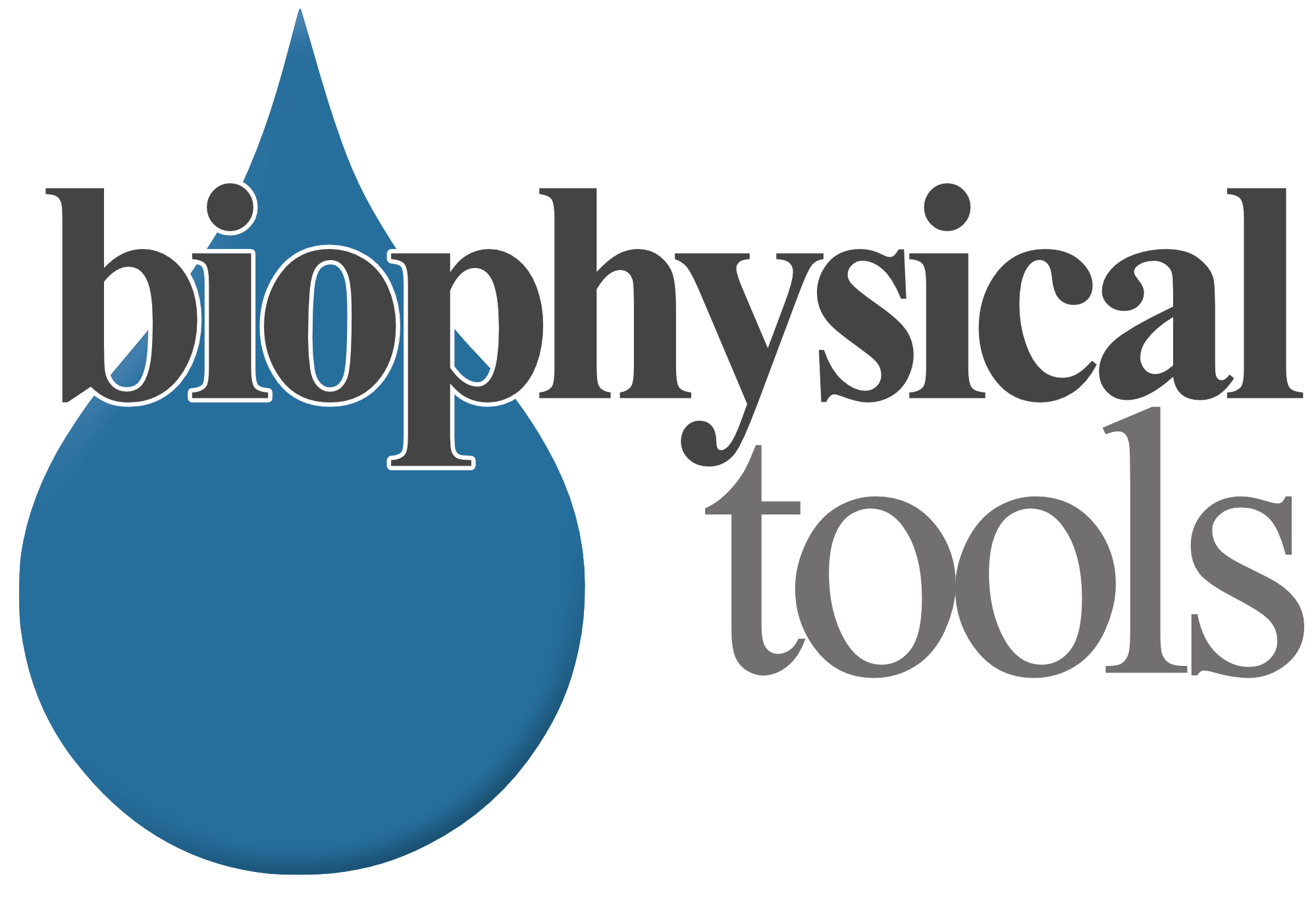Day 18
Hydrostatic Pressure in Microfluidics
When working with pressure-driven microfluidic systems, the hydrostatic pressure should always be considered, no matter how small the liquid quantities are. For instance, a one-meter-high water column is already generating a hydrostatic pressure of approx. 10 kPa, or 100 mbar, being quite significant in Microfluidics. Thus, when driving fluids through microfluidic devices, the liquid levels in microfluidic devices can vary considerably in height which is often neglected. Liquid reservoirs of tall and narrow shape appear to be especially prone to systematic pressure deviations. Other common sources of experiment errors are long microfluidic tubings transferring fluids upwards and downwards and even worse if still being partially filled with air. Here, the applied pressure at the source may deviate strongly from the received pressure at the microfluidic device. Once all tubings are filled with liquid and the micro-channel is placed approx. at the same height as the reservoirs and tubings are reduced to minimum, this phenomenon reduces strongly. How to explain this?
Responsible for this is the “hydrostatic drift”.
